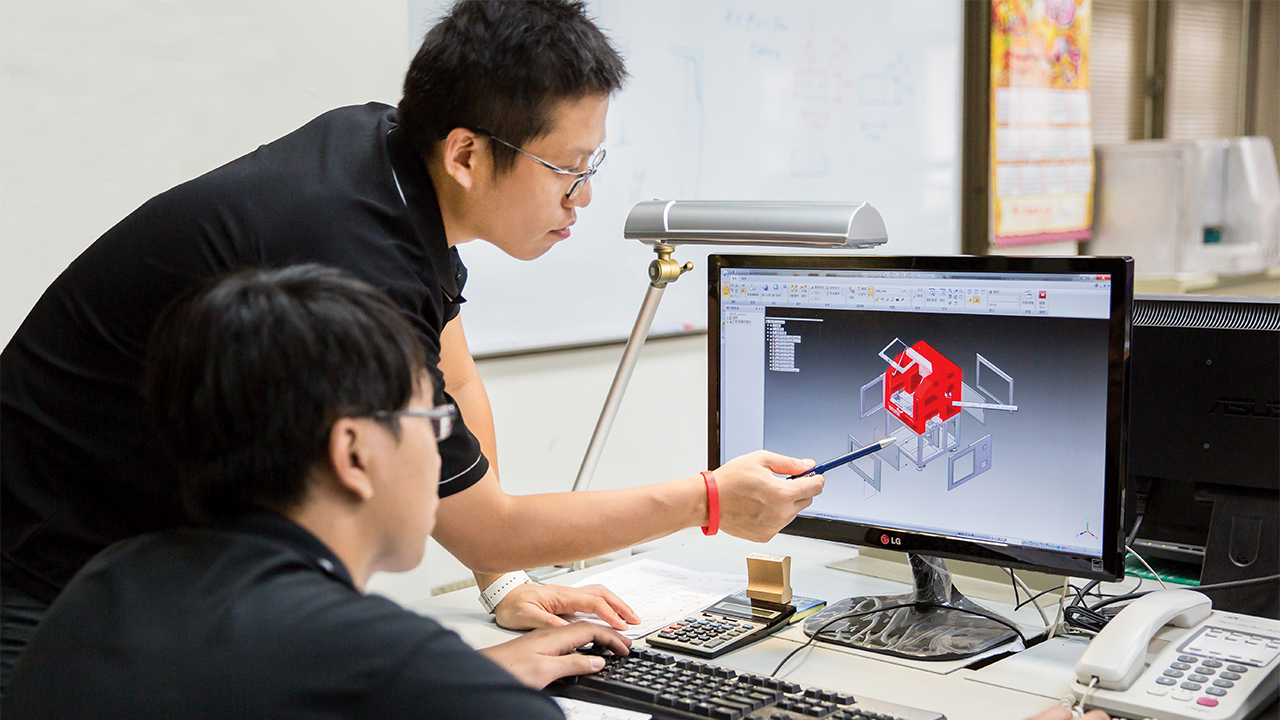Optimizing design and production with Solid Edge
Optimizing design and production with Solid Edge

More than three decades of experience in the aviation industry
Taiwan Fylin Industrial Co. Ltd. (TFI) was founded in the 1970s and started designing and manufacturing machinery enclosure hoods, primarily used for manufacturing switchboards and telecom wiring boxes. Responding to its government’s policy to promote the aviation industry, TFI participated in programs of the Industry Bureau in 1984 and for more than 30 years has enjoyed outstanding success in the aviation industry.
Fast creation of accurate models
The success of TFI’s products is based primarily on the company’s design capability. TFI has invested heavily in advanced design and manufacturing systems, including Solid Edge software for 3D design from product lifecycle management (Digital Industries ) specialist Siemens Digital Industries Software. Solid Edge includes advanced capabilities for solid modeling and sheet metal design that enable the company to significantly improve its production efficiency and precision. Because TFI products largely comprise sheet metal components, the specialized sheet metal modeling and processing capabilities of Solid Edge are especially helpful in streamlining the company’s design and fabrication processes.
Liu Huakung, chairman of TFI, points out that the use of Solid Edge significantly reduces the time required for the design process. “In the past, design drawings produced with 2D software contained many confusing details,” Liu says. “With 3D software, after material cutting, we can immediately and clearly see whether components are seamlessly jointed, whether they fit without interference, and where the interference or clearance is.”
Optimizing efficiency and precision
For TFI, the sheet metal design tools of Solid Edge are efficient and cost-effective. The company implemented the 3D software in a factory four years ago, using a paperless environment that makes it a benchmark for advanced and environmentally-friendly sheet metal factories in Taiwan.
“The first tough job with sheet metal processing is to interpret and flatten drawings,” says Liu. “In the early days, workers used 2D software to unfold the drawings, which required a very strong ability to visualize the design. But with Solid Edge, designers can view models very clearly and know that designs meet customer requirements. After all of the designs are completed, it is easy to flatten them with the automatic unfolding functionality. After that, it is very easy to draw them out piece by piece, significantly improving efficiency.”
Paperless environment optimizes production
TFI has improved its sheet metal fabrication operations by creating a networked paperless environment. Welding operators can read 3D models and files from the networked database, and use the synchronous modeling functions of Solid Edge to directly modify designs if necessary. This practice not only reduces paper output but also eliminates possible errors by using accurate, up-to-date data.
TFI lists all assignments for the entire production line to the networked system in detail via the Solid Edge viewer. Production managers enter daily work assignments into the system that include drawing numbers so that operators can clearly understand upcoming job assignments and work more efficiently.
Successful implementation
“With the support of NST Technology, we have successfully implemented Solid Edge,” says Liu. “All operations, from laser bending, welding and assembly to materials tracking, are carried out in a ‘paperless environment’ that reduces paper consumption and contributes to environmental protection.”
